The only thing Talavera and Toledo have in common is a river

The province of Toledo has two major cities: Toledo, the capital of Castile-La Mancha and a historic city with amazing architecture, and Talavera de la Reina, a bigger city, and renowned worldwide for its ceramic. As usual, this rivalry is manifested in football, where Toledo and Talavera meet in the derbi del Tajo.

Two big cities in one province
Renowned for its architecture, cultural heritage, and for having been Spain’s capital, Toledo is one of the most important cities in Spanish history. Its influence is still notable, and it’s a top-rated tourist destination for those wanting to visit a smaller yet historic city. Besides, Toledo is the capital of Castile-La Mancha due to its history, while Albacete is the region’s biggest city – by far.
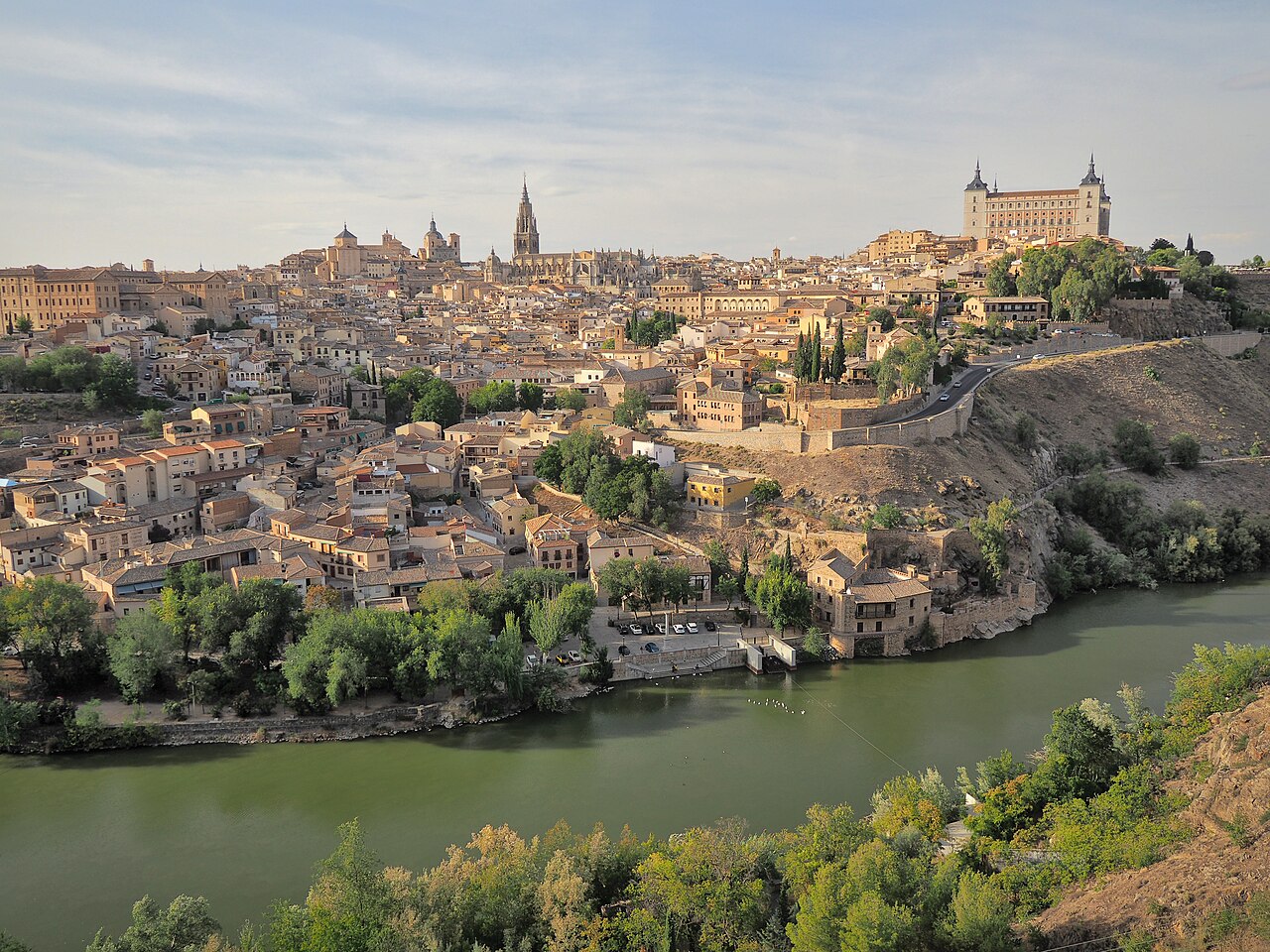
On the other hand, there is Talavera de la Reina, a city that had much more inhabitants than Toledo until the 2010s. Even though Talavera de la Reina is no capital, it’s an economic node for the northeast of Extremadura, the south of Castile and León, and the zone around the city itself within Castile-La Mancha. Moreover, the Castilian city is internationally famous for its tradition of ceramic production.

Curiously, both cities are connected by the Tagus, the longest river of the Iberian Peninsula. The Tagus rises in the province of Teruel and cuts the Iberian Peninsula horizontally, discharging near Lisbon. It’s not strange that its name is derived from the Latin word ‘taliāre‘, ‘to cut through’.
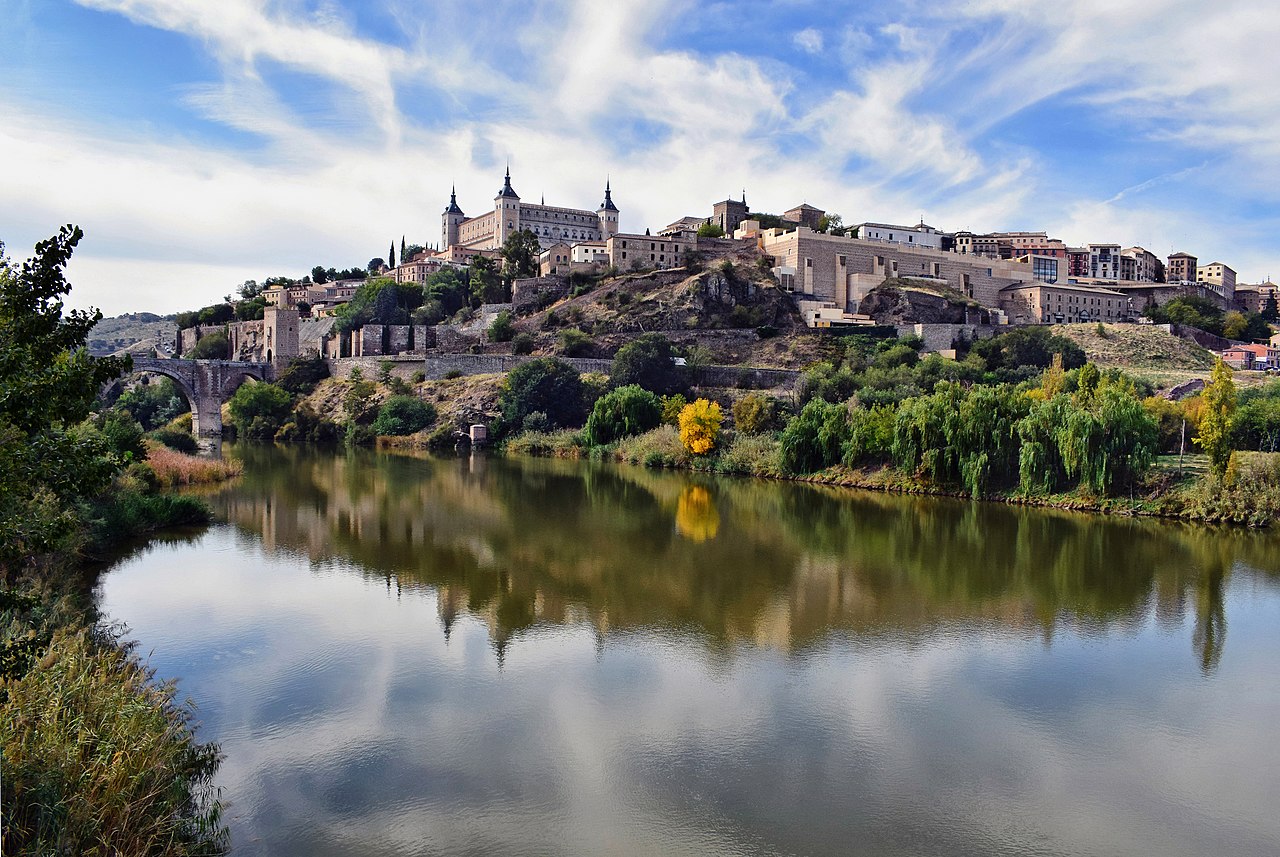
However, the Tagus is the only thing Toledo and Talavera de la Reina share. The rivalry is based on the principle of ‘not wanting to be like the other’ and many comparisons. The toledanos might argue that Talavera de la Reina is just a tiny and irrelevant place, unlike their hometown, even though Talavera de la Reina has been more populous and richer in the last decades. Some talaveranos, on the other hand, claim that Toledo’s only achievement is lying in the center of the province, while they usually also admit that they would dream of Toledo’s heritage and history. The rivalry goes millennia back and does not seem to come to an end soon. Nevertheless, it’s curious to see how this inter-city rivalry manifests in football.
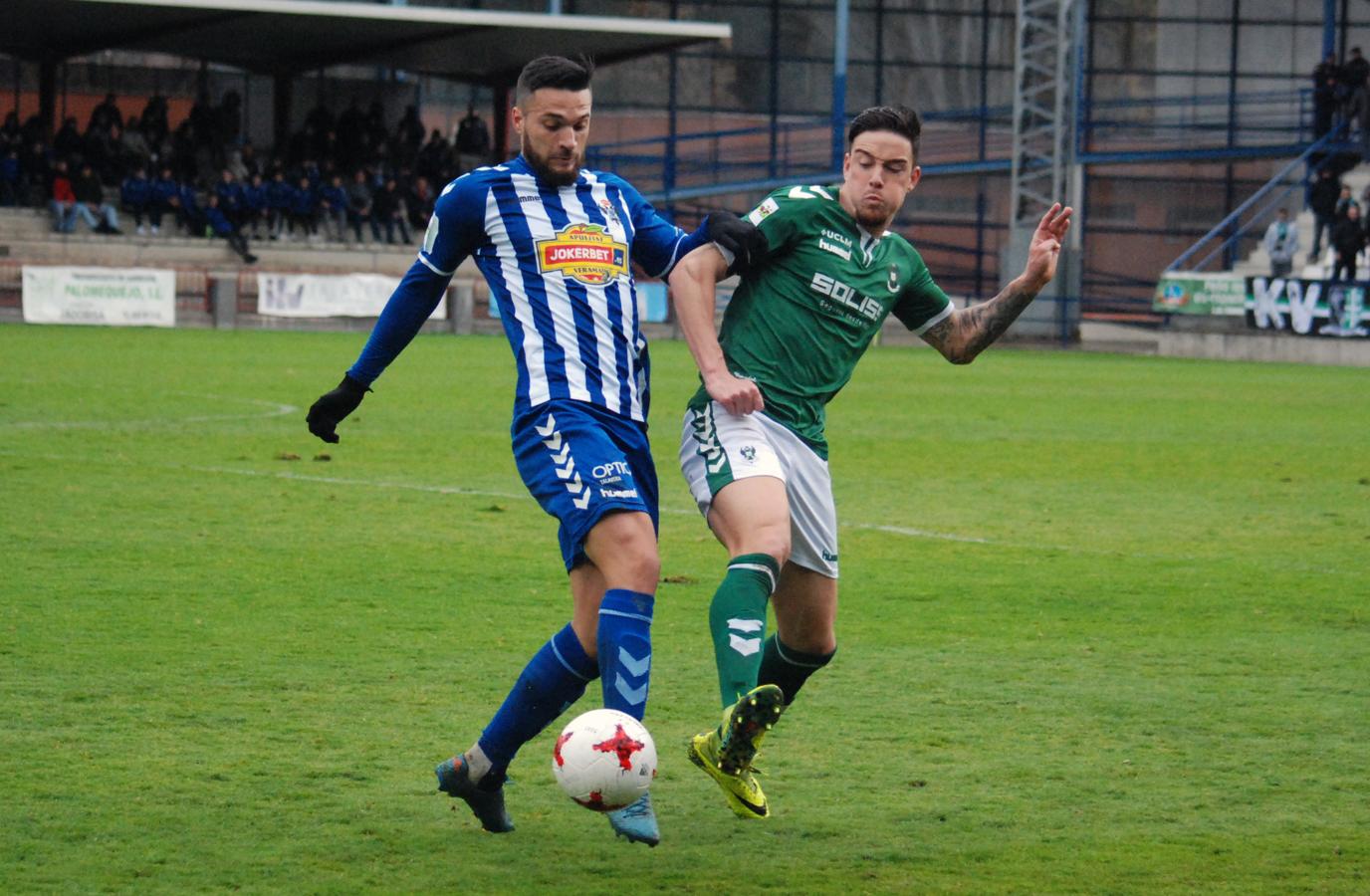
CD Toledo
There exists a general disagreement on the founding year of Club Deportivo Toledo, given that the club itself claims 1928, while historians argue that the entity was only created in 1939. Whatever the case, the club’s origins lie in the military, and it’s also clear that Toledo was mostly playing in the Tercera División by the 40s.

Toledo’s glory era would arrive in the 90s after having lived complicated years in amateur football. In 1993, the verdes achieved their first promotion to the Segunda División, a widely celebrated feat. It seemed rightful that a well-known city like Toledo had a club in professional football. Against all expectations, Toledo ended fourth and qualified for the promotion playoffs, where they fell against Real Valladolid.

The two-headed eagle – a nickname Toledo receives for its logo – played seven consecutive seasons in the Segunda División. This period not only included many matches against great teams from all across the country but also a 2-1 cup victory against Real Madrid in 2000. This adds Toledo to the exclusive list of teams that have never lost against Real Madrid.
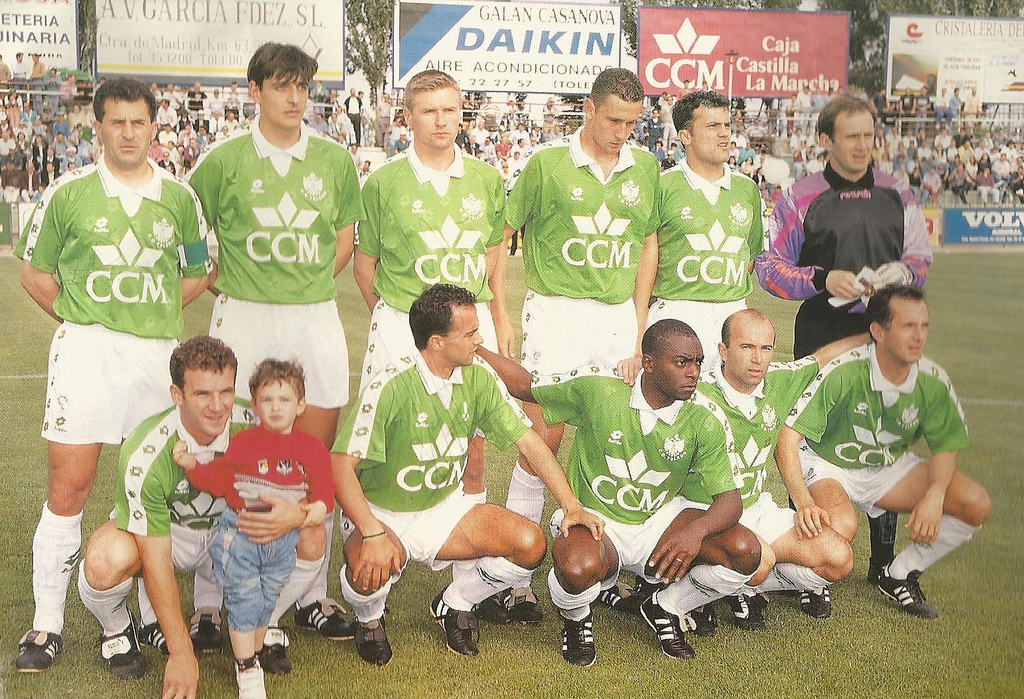
In the 21st century, however, Toledo hops between the Segunda División B and the Tercera División. The Castilians have been close to returning to the second level on multiple occasions but without success. Especially since 2021, when the Tercera became the fifth level, it seems incredibly difficult for the club to return to professional football.
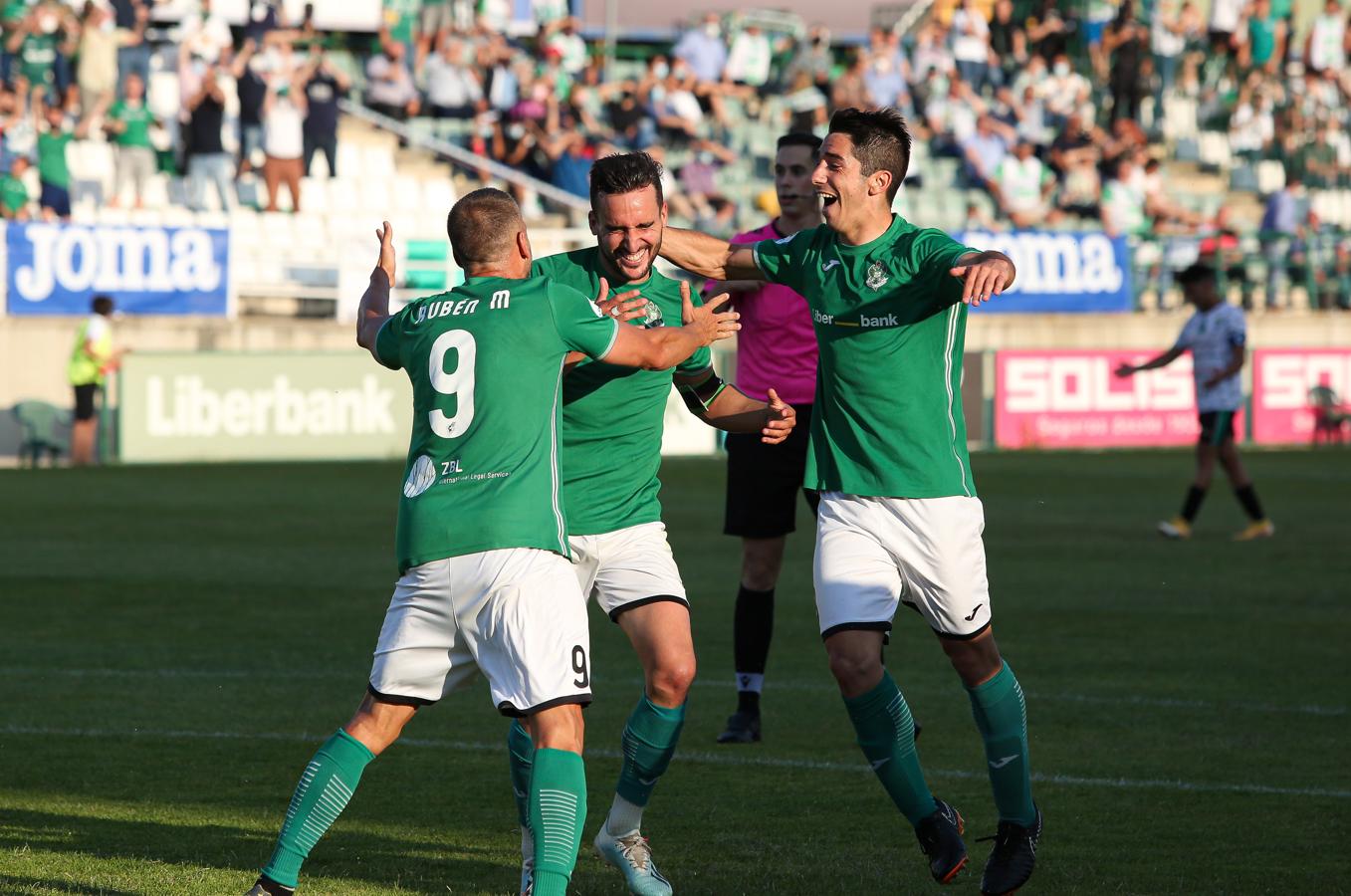
CF Talavera
In Talavera de la Reina, it would take a long time until one club stepped up to become the city’s undoubtably representative team, as Talavera CF would only do so in the 60s. The talaveranos would often play in the Tercera División, until the 80s turned out to be a turning point: Talavera played four seasons in the Segunda División B.
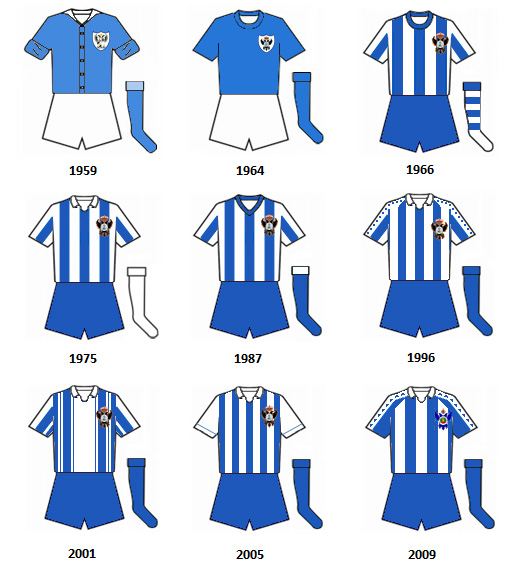
However, Talavera’s true glory days would only arrive in the 90s. From 1993 to 2008, the cerámicos participated uninterruptedly in the Segunda B, almost going up to the Segunda. This period is still fondly remembered by many talaveranos, especially as things only went downhill afterward.

After the long stay in the third tier, the club’s economic structure was unprepared for the division drop. The debts grew and grew, and in 2010, CF Talavera was dissolved. Two clubs stepped up to succeed the historic club: Real Talavera CD and CD San Prudencio, two clubs who merged in 2011 to create Club de Fútbol Talavera de la Reina, a club that all talaveranos would embrace as the new representative club of the city.
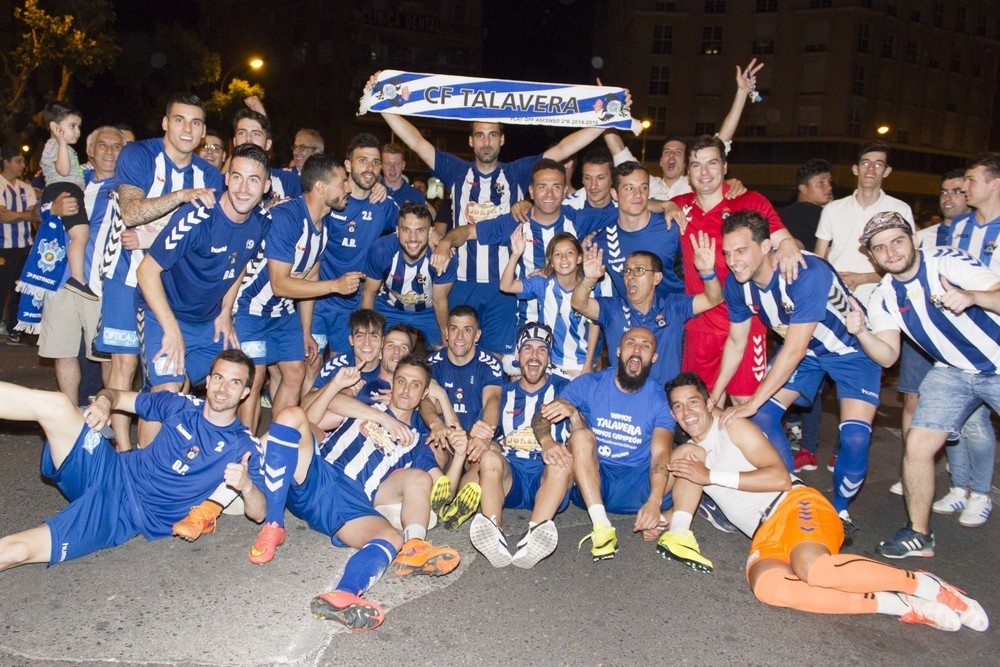
Talavera was competing very strongly from the beginning and reached the Segunda B in 2015, but was relegated the year after. However, from 2017 to 2021, the cerámicos played in the Segunda B and by 2021, they had qualified for the new Primera RFEF, converting Talavera into one of the strongest teams in Castilia-La Mancha, only ten years after its disappearance.
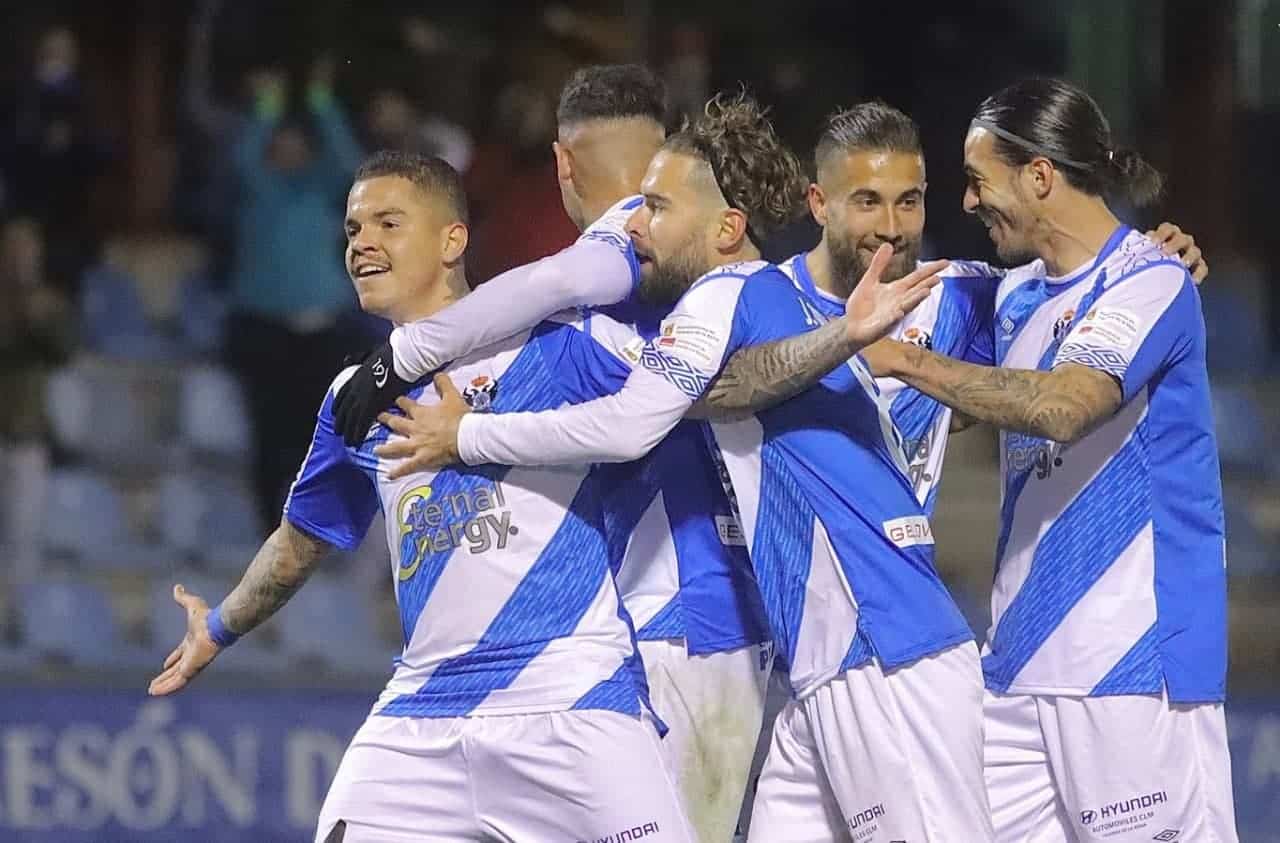
The footballing rivalry
The dynamic of the footballing rivalry between Toledo and Talavera is similar to that between the cities, even though other aspects also play a role. Above all, comparisons between the teams tend to be made, of which an important one is the division in which the teams play. As of 2023-24, Talavera plays in the fourth tier, and Toledo in the fifth, which means that there will be no derby. In total, however, Toledo has played 30 seasons in a category above Talavera, Talavera has done so on 23 occasions, and during the remaining 22 seasons, the Castilian teams have coincided in the league. Even though Toledo wins this statistic, Talavera has won more matches against its eternal rival (16) than the other way around (13).
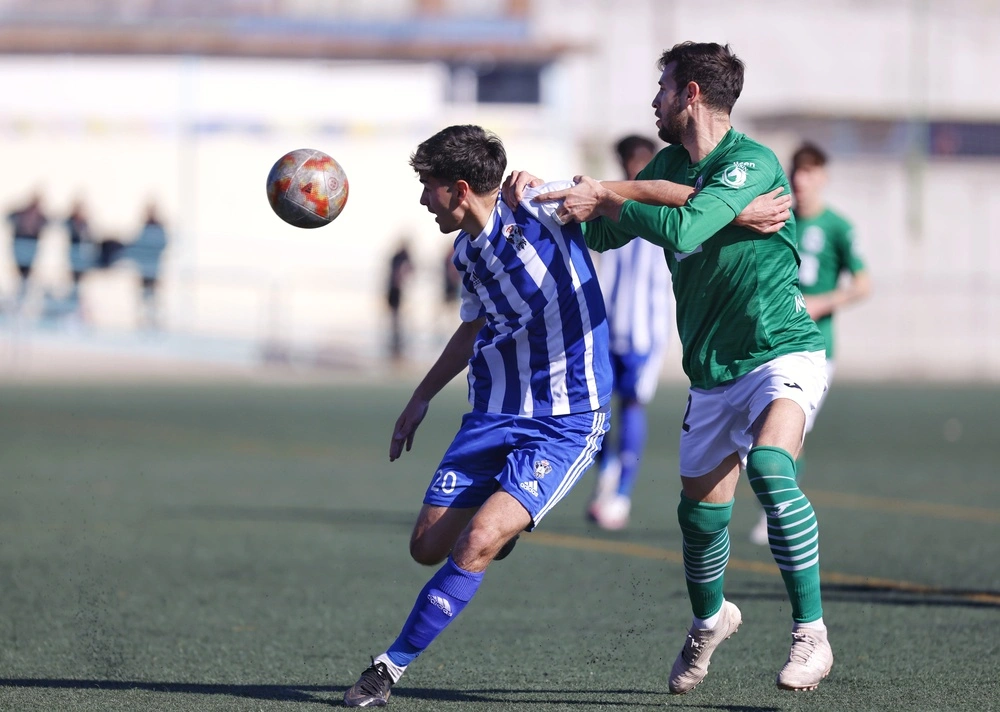
Curiously, Toledo and Talavera both have had some important and well-known people at the club. Unai Emery has played at Toledo, for example, just like Aitor García, Joni Montiel, and Ricard Sánchez, players who made it to Spanish professional football. The most famous person with ties to Talavera, on the other hand, is Gregorio Manzano, who led Talavera to its highest classifications during the 90s.

Another differences are the clubs’ symbols, even though the crests might look similar. As a matter of fact, both Toledo and Talavera have adopted the two-headed eagle from the province flag of Toledo. However, their colors do differ for historical reasons. The stadiums, too, are different when considering shape and capacity – the Salto del Caballo is bigger (5,500) than El Prado (4,200). Finally, Toledo wins some comparisons more, having a higher number count, an earlier foundational year, and more inhabitants.
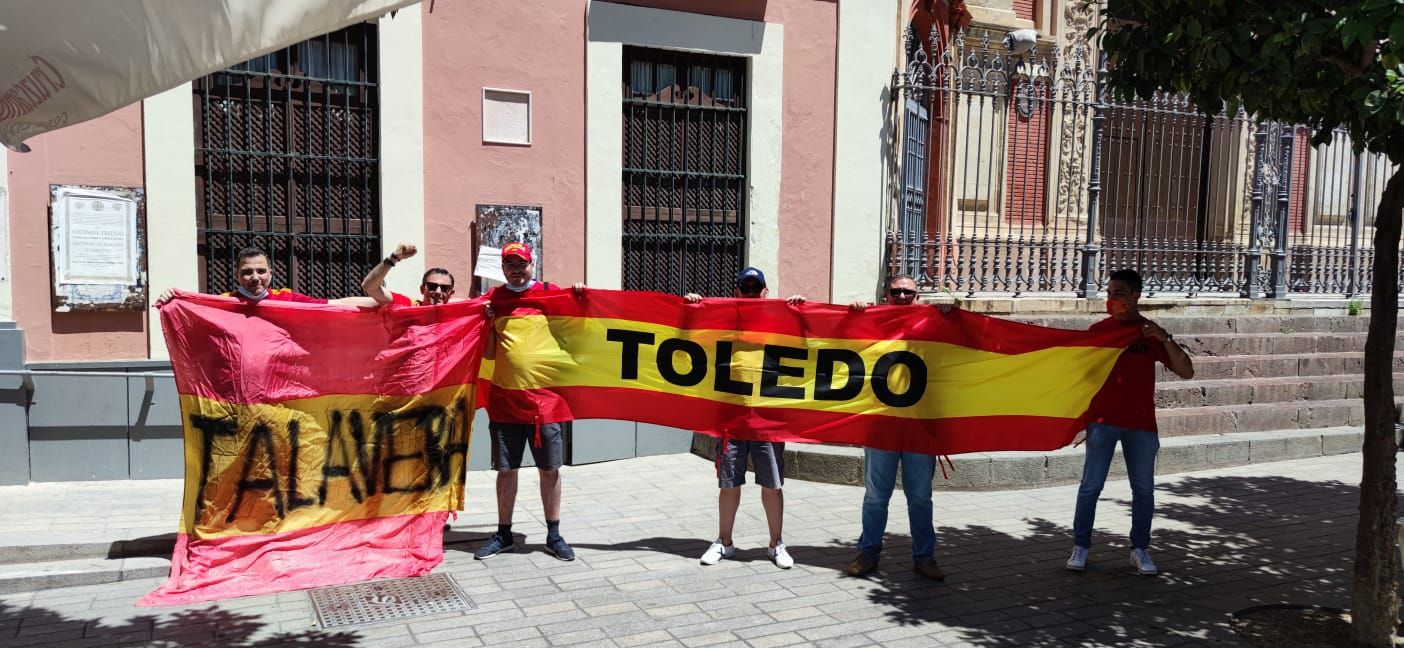
The future
The derbi del Tajo has been played during many different eras, in many different competitions, with very different players, and ending in very different results. It’s a classic and belongs to the most followed matches in the lower tiers of Spanish football. Unfortunately, Talavera and Toledo do not play in the same division during the 2023-24 season, but as long as history repeats itself, it will not be long until the two biggest clubs from the province of Toledo will battle against each other.

Sources
- Borchers, L. (2021). GOLAZO. Self-published.
- Borchers, L. (2022). CARA O CRUZ. Self-published.
- http://lafutbolteca.com/talavera-club-de-futbol/
- http://lafutbolteca.com/club-de-futbol-talavera-de-la-reina-s-a-d/
- http://lafutbolteca.com/club-deportivo-toledo-s-a-d/
- https://issuu.com/espiritublanquiazul/docs/eb_11 (very recommendable for those who speak Spanish)
- http://delalineazorrilla.blogspot.com/2020/03/los-toledo-talavera-en-la-historia-8.html
- https://espanaestadios.com/2019/02/06/toledo-estadio-salto-del-caballo/
- https://espanaestadios.com/2018/09/10/talavera-de-la-reina-el-prado/
Leave a comment